As music educators continue to seek innovative ways to engage students and optimize learning outcomes, the flipped classroom model has emerged as a promising approach. By shifting the traditional lecture-based instruction outside of the classroom and using class time for hands-on activities and collaboration, flipped learning can transform group music lessons.
Let us explore the benefits and challenges of implementing a flipped classroom in your music program.
Benefits of Flipped Classroom in Group Music Lessons
Increased Student Engagement and Active Learning
One of the primary advantages of the flipped model is its ability to foster student engagement and active learning. By providing students with instructional materials, such as video tutorials and interactive exercises, before class, they can arrive prepared and ready to participate actively in the lesson. This shift allows for more hands-on, collaborative activities during class time, promoting a deeper understanding of musical concepts and skills.
Personalized Instruction and Feedback
Flipped learning enables teachers to provide more personalized instruction and feedback to individual students. With the foundational knowledge acquired before class, teachers can focus on addressing specific questions, challenges, and skill gaps during the lesson. This targeted approach ensures that each student receives the support they need to progress.
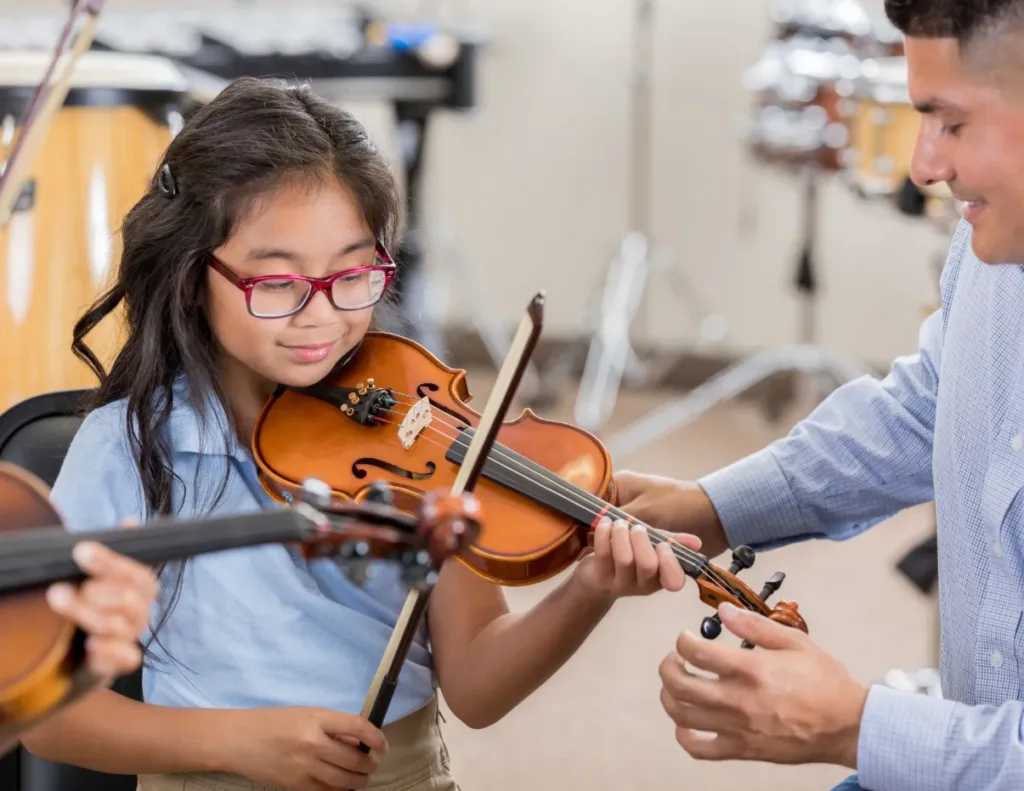
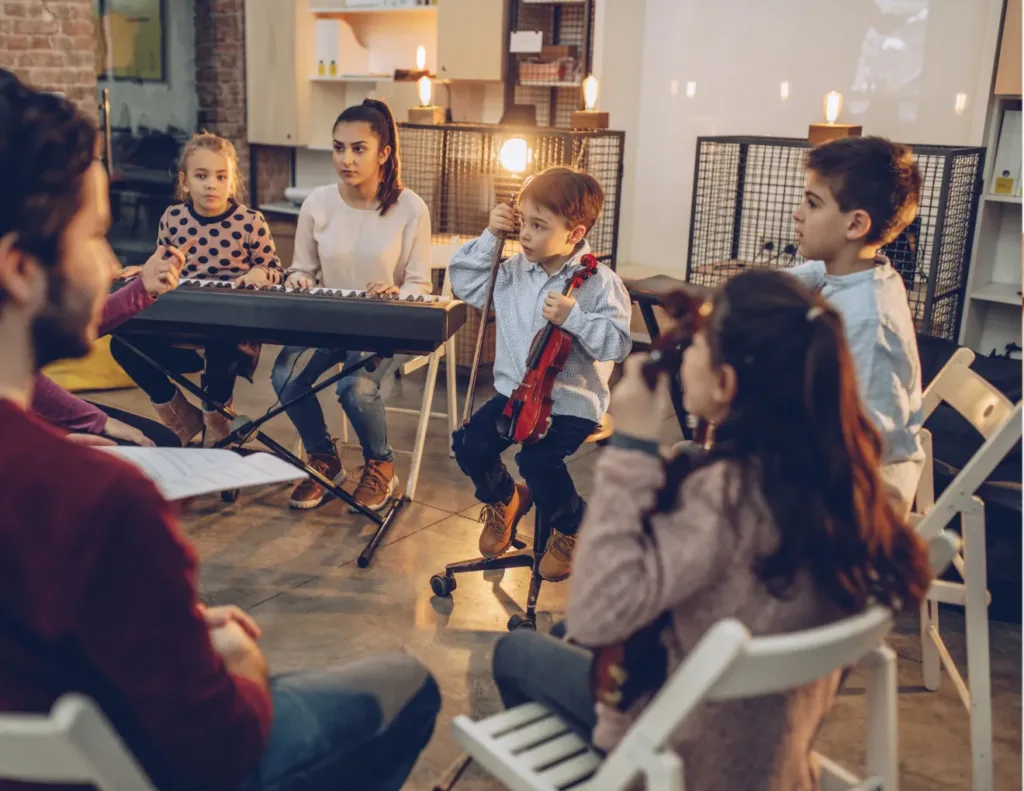
Efficient Use of Class Time
By moving lecture-style instruction outside of the classroom, flipped learning frees up valuable class time for practical application and skill development. Students can spend more time playing their instruments, practicing techniques, and collaborating with peers. This efficient use of time maximizes the opportunity for students to receive immediate feedback from their teacher, accelerating their musical growth.
Flexibility for Student Pacing
Flipped classroom allows students to learn at their own pace, accommodating diverse learning styles and needs. Students can revisit the pre-class materials as often as needed, pausing, and reviewing sections that require extra attention. This flexibility empowers students to take ownership of their learning and ensures they have a solid foundation before engaging in group activities.
Challenges and Solutions for Implementing Flipped Classroom
Access to Technology and Resources
One potential challenge is ensuring that all students have access to the necessary technology and resources. Not every student may have a reliable internet connection or device. To overcome this, teachers can provide alternative options, such as downloadable content or physical handouts, and work with school administration to secure resources for students in need. Utilizing school computer labs or library resources can also help bridge the digital divide.

Adapting Lesson Plans and Creating Materials
Transitioning to a flipped model requires teachers to adapt their lesson plans and create engaging pre-class materials. When designing video tutorials and interactive exercises for music lessons, it is important to break down concepts and skills into digestible segments. Providing resources like sheet music, practice tracks, and self-assessment rubrics can support student learning. While creating materials is time-consuming initially, teachers can gradually build a library of reusable resources.
Overcoming Student and Parent Resistance
Some students and parents may resist the flipped approach if they are used to traditional instruction. To mitigate this, teachers should clearly communicate the benefits and expectations of flipped learning. Providing an orientation session or resources for parents can help them understand and support the new model. Regularly seeking feedback and adjusting based on student needs are also important for buy-in.
Assessing Student Progress
Assessing student progress in a flipped setting may require a shift in evaluation methods. Teachers can use formative assessments to gauge student understanding of pre-class materials and provide regular feedback during in-class activities. Technology tools like online quizzes and digital portfolios can help streamline assessment and track student growth over time.
Tips for Successful Implementation
- Start small: Begin by flipping one or two lessons and gradually expand.
- Collaborate with colleagues: Share resources and best practices with other music educators.
- Seek student feedback: Regularly gather student input to refine your approach.
- Leverage technology: Utilize platforms like Practicing Musician to access high-quality video tutorials and resources.
- Be flexible: Adjust your strategy based on student needs and learning outcomes.
By embracing the flipped classroom model, music educators can create a dynamic, engaging learning environment that fosters student success. With careful planning, supportive resources, and a commitment to continuous improvement, flipped learning can transform your group music lessons and empower students to reach new heights in their musical journeys.
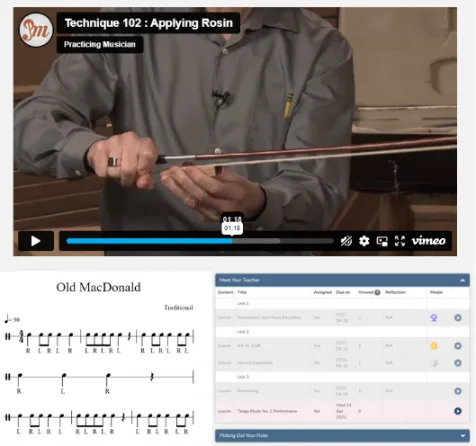


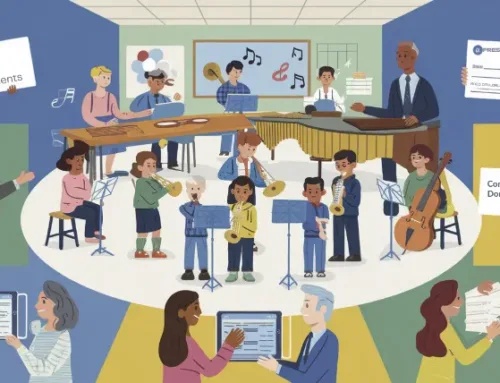
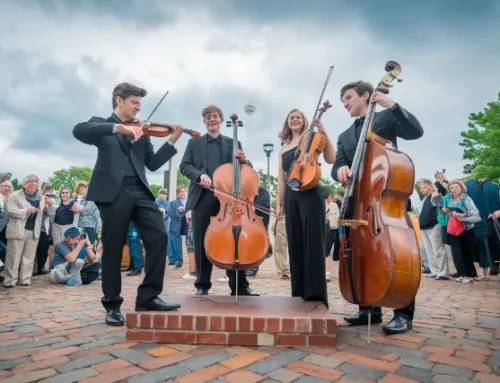
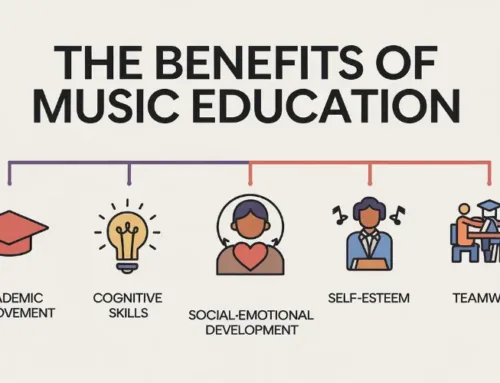

Leave A Comment
You must be logged in to post a comment.